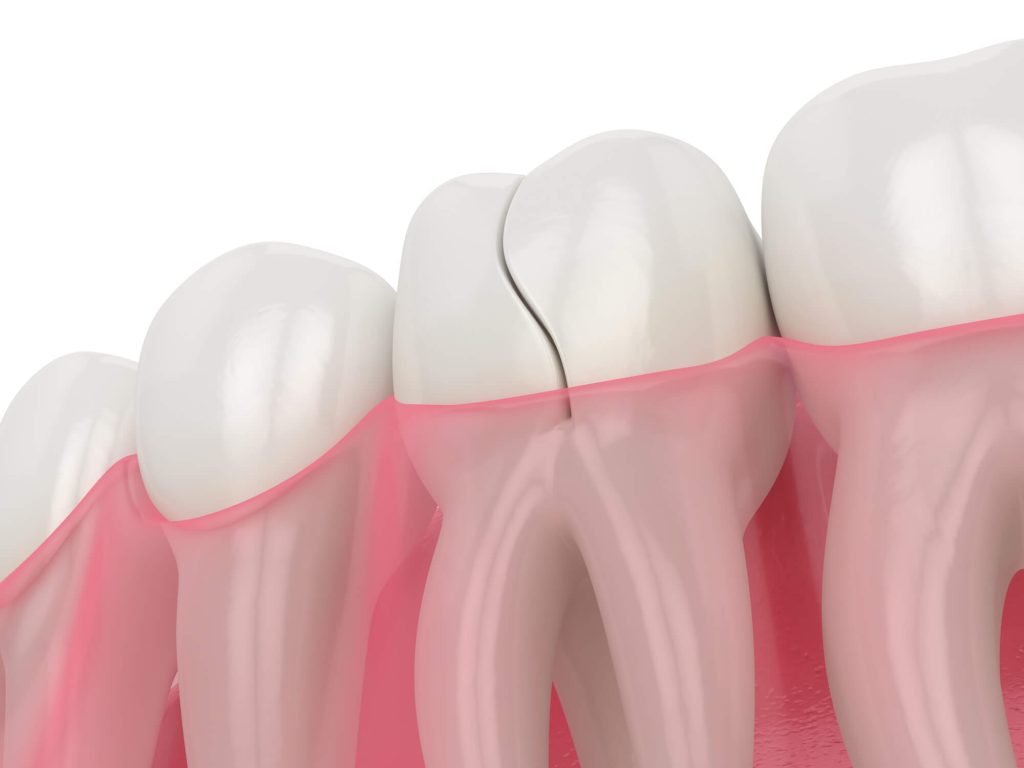Did you just crack a tooth after chewing on hard candy? Depending on the severity of the fracture, your dental care provider may recommend a Short Pump root canal procedure or tooth extraction.
What Are the Different Types of Tooth Cracks?
Craze Lines
Craze lines refer to tiny hairline cracks or micro-fractures affecting the outer enamel. Unless craze lines worsen and extend to the gums, they won’t cause pain or pose a threat to your oral health. The most common causes of these faint, vertical lines include an uneven bite, nail-biting, and teeth grinding.
Fractured Cusp
Fractured cusps are common in teeth with large dental fillings. When it happens, a piece of a tooth’s chewing surface breaks off. Although fractured cusps don’t usually cause much pain, you may experience temperature sensitivity.
The break doesn’t usually harm the tooth’s pulp which houses the nerves, blood vessels, and connective tissue. A fractured cusp may require a new filling, dental crown, or root canal treatment if the pulp is exposed.
Cracked Tooth
A cracked tooth is marked by a crack that extends from the chewing surface down to the root or beneath the gum line. Although this type of fracture doesn’t split the tooth in two, it usually causes pain and damage to the sensitive pulp. However, your dentist can still save a cracked tooth via root canal therapy with an early diagnosis.
Split Tooth
If a cracked tooth is left untreated, it eventually becomes a split tooth. This type of tooth fracture is characterized by a crack that travels from the tooth’s biting surface to the root.
Since the damage is too extensive, your dentist won’t be able to save it intact. An extraction may be necessary if you’re dealing with a split front tooth. However, if you have a split molar tooth, your dentist may only need to extract its damaged side and perform a root canal procedure on the remaining tooth.
Vertical Root Fracture
This crack starts in the tooth’s root and extends toward its chewing surface, and it often occurs in a tooth that’s had previous root canal treatment. Since a vertical root fracture shows minimal signs and symptoms, it often goes undetected for a long time. Unless your dentist successfully removes the fractured root and saves a portion of the tooth, a vertical root fracture will require extraction.
Considering Short Pump Root Canal Therapy?
At Commonwealth Endodontics, we’re here to save your teeth. Contact us today to make an appointment.

